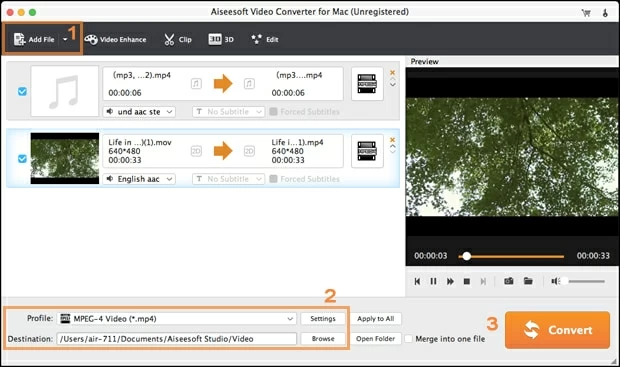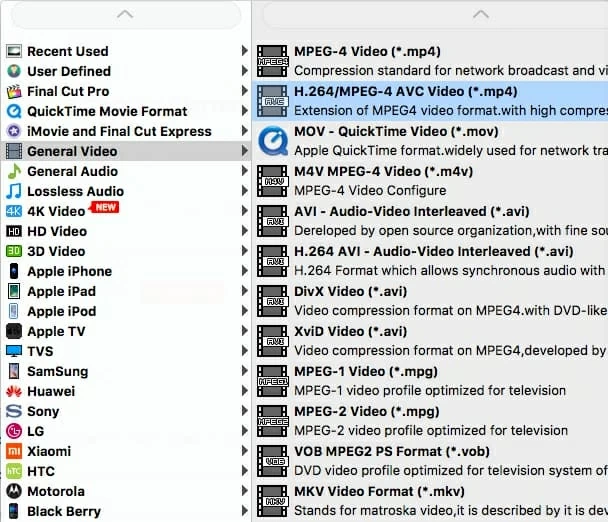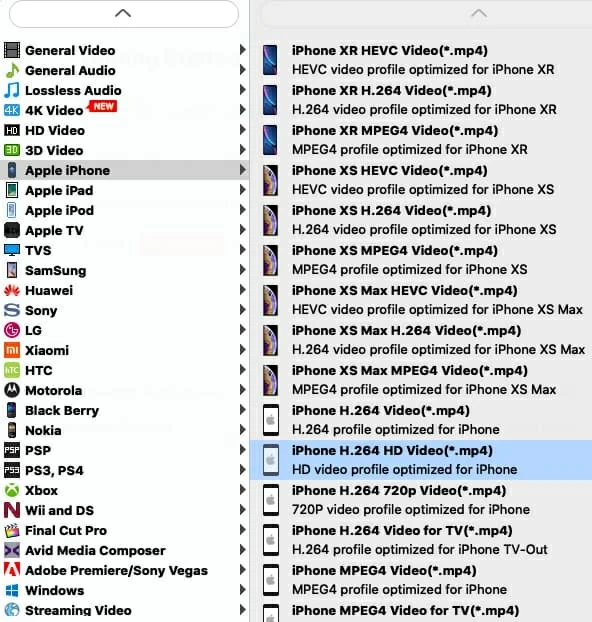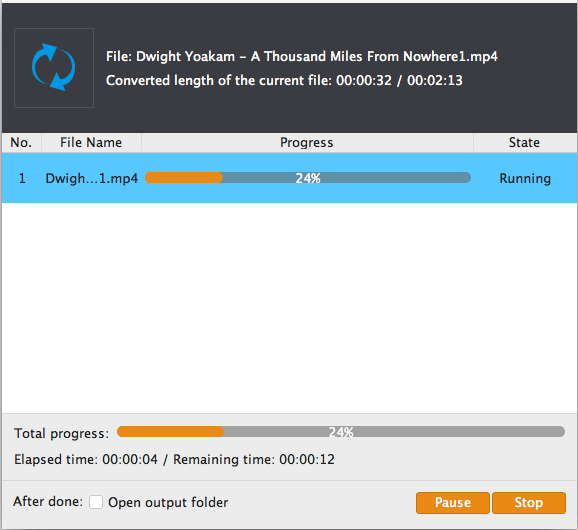
How to Convert WMV Straight to Files for Your Apple TV
Note 1: This article is only for converting a downloaded YouTube video to be usable in Keynote presentations. If your YT video is in a format that QuickTime supports on your Mac, you then can follow this article to add it to keynote directly.
Note 2: If you have no idea what tool you need to pull online video off from YT or are looking for an easy way to accomplish this task, either Video Downloader (PC download, Mac download) application or a Firefox web browser add-on — VideoDownloadHelper (see link) would be a nice option to go.
About Keynote
Keynote, Microsoft's PowerPoint's counterpart, is a professional presentation application used on Mac, iPad or iPhone. Keynote is characteristic of various themes, animated charts and cinematic transitions. Together with Pages and Numbers, Keynote which belongs to iWork family makes your office life easier.
Play YouTube Videos during Keynote Presentation
Whether in class presentation or lectures, Keynote is skillful at doing presentation. Impressive charts, dazzling photos and eye-catching themes play an important role in expression your ideas clearly and thoroughly. Sometimes in order to make the information more intelligible and vivid without any further explanation, videos from YouTube or other sites are necessary. A hyperlink on Keynote is possible, but some disadvantages are likely to follow. The presenter has to exit Keynote to bring up Safari to play the video online, which will influence the flow of the presentation, and that the network may not be stable and fast enough to stream the videos.
Insert a Downloaded YouTube Videos into Keynote with Ease
If you downloaded or captured a clip from YouTube but its format happens to be a format, WebM for example, which is not welcomed by Keynote (actually, there are a lot of YouTube clips are in .web extension), then you can resort to our nifty and useful tool, Video Converter for Mac.
The software offers robust support for a wide range of file formats. It can convert pretty anything ranging from video formats like MOV, WMV, MTS, MP4, VOB, MKV, AVI to audio formats such as MP3, OGG, AAC, AC3, M4A. For converting from YouTube clips to put onto a Keynote presentation, this software can handle it effortlessly. What' more, the tool also allows you start out with basic video editing functionality to get more advanced as you go (crop, trim, add text watermark, etc). For example, you can get rip of the black bars on the top and bottom or left and right in order to make the videos look better.
Step 1: Put downloaded YouTube videos onto the program
Assuming you have YouTube video that you want to embed into Keynote downloaded and saved in your Mac hard drive.
When you first run the application, a welcome panel explains that converting a video is a simple three-step process of adding files, selecting appropriate output format, converting and go.
To import YT source video to the program, first, click "Add File" button on the top menu bar or drag and drop one or more YT downloaded videos to the left side of the startup interface. (Convert individual files or a batch of files are both available.)
This program will display a thumbnail of your chosen video with included information, as you can see below:

Step 2: Set output format and settings
For setting output profile format, simply press "Profile" drop-down menu beneath the video processing list area to open the output format selection panel.
Since Keynote only supports video and audio files that QuickTime accepts, so in "General Video" category, you're suggested to choose MPEG-4 Video (*.mp4), H.264/MPEG-4 AVC Video (*.mp4), MOV - QuickTime Video (*.mov), or M4V MPEG-4 Video (*.m4v) from the expanding list to put your files onto Keynote.

Some parameters have a little influence on the output result like Encoder, Resolution, Bitrate and Aspect Ratio. If you have a pretty good idea about these settings, you can click "Settings" next to "Profile" menu to tweak them.

Anyone who use this app will be impressed by the presets it offers for various devices and applications, like iMovie and Final Cut Pro, Apple iPhone, Xbox One, PS4, TVs, social networking sites, as well as a wealth of Android phones.

As is often the case that you tend to make your YT video embeded to Keynote pretty spiffy, this converter gives you options to do the most basic editing tasks: get rid of the dark frame, clip the unwanted part, adjust the video brightness, contrast, saturation and hue as well as add text & image watermark.
Step 3: Start converting your YT clips to Keynote files
Once done, you can click and review the resulting file on the right side "Preview" window to see whether it is set well, after which you can keep it in a local folder through clicking "Browse" on the bottom center of the main interface , so you can find it easily when the conversion is completed.
Now, by clicking big orange "Convert" button, your video-creation process will start. All you need to do is wait with patience until the software finishes its job.

Step 4: Add the new created file to a slide on Keynote
After you've get the downloaded YouTube videos converted into the format you select in Step 2, you can open the local folder to check the resulting files, and ready to use them in Keynote presentation.
Launch Keynote on Mac. You can either click the "Media" icon on the toolbar, click "Movies", then drag a file from the folder to a media placeholder or to anywhere else on the slide, or simply drag a file from your computer to the Keynote slide. This way, the selected video should play when that slide is showing in your Keynote presentation.